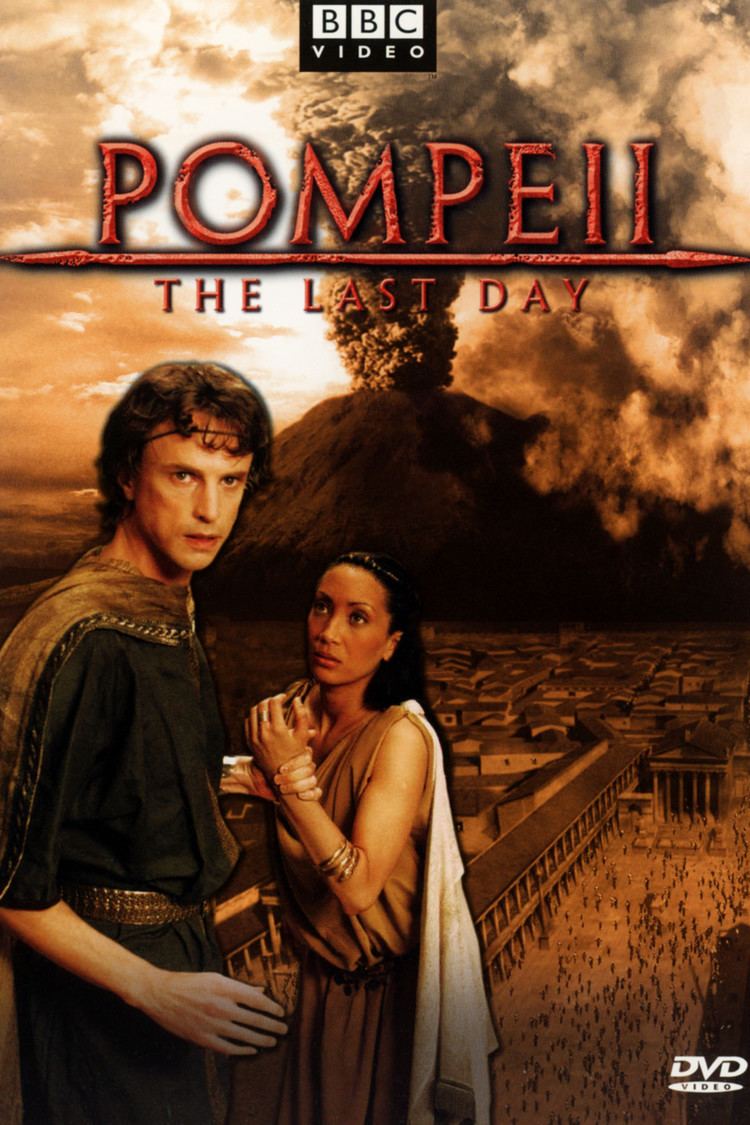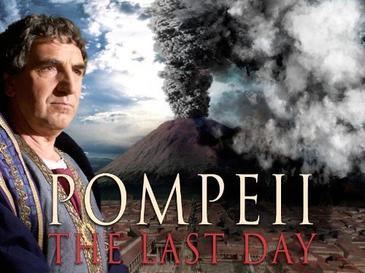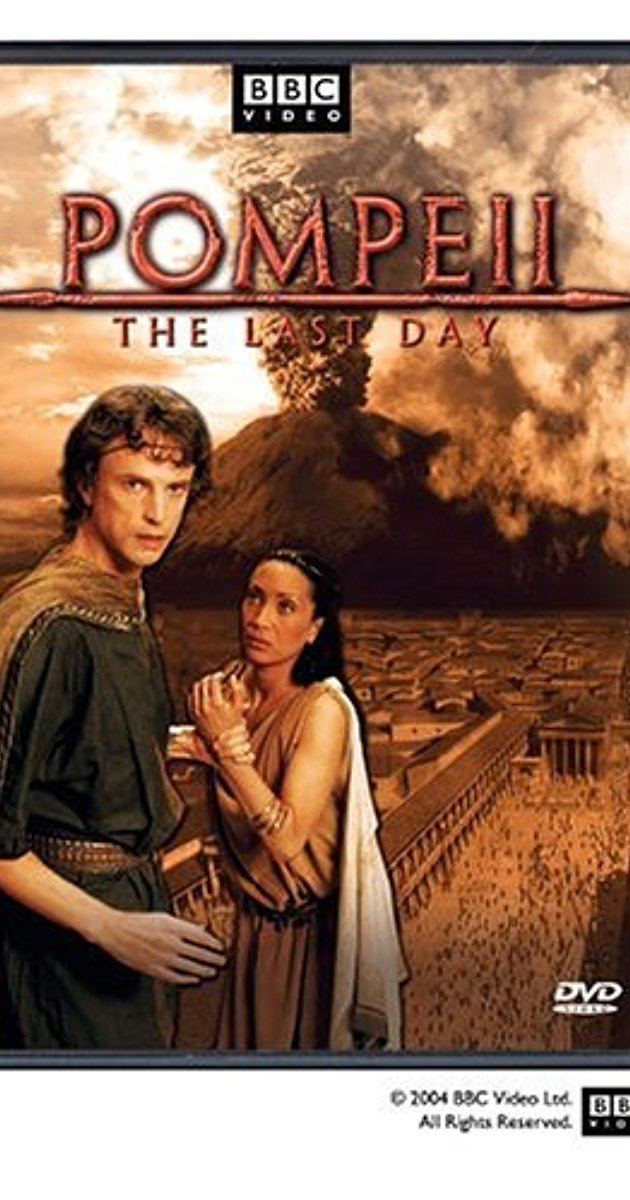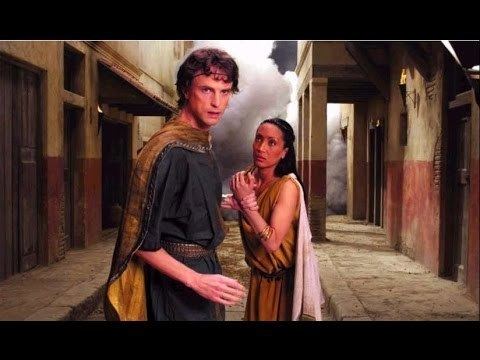8.4 /10 1 Votes
4.5/5 Amazon Written by Edward Jones carter Composer(s) Ty Unwin Director Peter Nicholson | 7.9/10 Top Documentary Films Directed by Peter Nicholson Country of origin United Kingdom Screenplay Peter Nicholson | |||||||||||||||||||||||||||||||||
 | ||||||||||||||||||||||||||||||||||
Starring Tim Pigott-SmithJonathan FirthJim Carter Initial release 20 October 2003 (United Kingdom) Awards Primetime Emmy Award for Outstanding Sound Editing for Nonfiction Programming (Single or Multi-Camera) Cast Jim Carter, Tim Pigott‑Smith, Jonathan Firth, Robert Whitelock, Alisdair Simpson Similar Historical movies, Documentaries, Other similar movies | ||||||||||||||||||||||||||||||||||
Bbc pompeii the last day xvid ac3
Pompeii: The Last Day is a 2003 dramatized documentary that tells of the eruption of Mount Vesuvius on August 24 79 AD. This eruption covered the Roman cities of Pompeii and Herculaneum in ash and pumice, killing all those trapped between the volcano and the sea. The documentary portrays the different phases of the eruption; it was directed by Peter Nicholson and written by Edward Canfor-Dumas.
Contents

Production
The film was directed and produced by the BBC in co-production with TLC.
Awards


This was the highest rated specialist factual programme of the year with an audience of 10.3 million and a 40% share.
Plot
The documentary tells the story of the eruption of Mount Vesuvius from the point of view of assorted inhabitants of Pompeii and Herculaneum whose names and occupations are known, including a local politician and his family, a fuller, his wife, and two gladiators. Historical characters include Pliny the Elder and his nephew Pliny the Younger.
It draws heavily on the eyewitness account of Pliny the Younger as well as historical research and recent discoveries in volcanology. Extensive CGI was used to recreate the effects of the eruption.
Death throes
Most of the people who were in Pompeii when the fourth pyroclastic surge hit died instantly or slowly suffocated to death.
Cast
Depiction
A computer-generated rendering of the eruption is inaccurate: the depictions of the Temple of Jupiter, facing the forum, and the Temple of Apollo, across the portico to the left, are inaccurate, and the depictions of the state of the porticoes around the forum are questionable, as they all appear intact during this recreation of the 79 eruption. In contrast, it is widely known that at least the Temples of Jupiter and Apollo had been destroyed 17 years before, during the 62 earthquake, and they had not been rebuilt by the time the city was finally destroyed in the 79 eruption.
